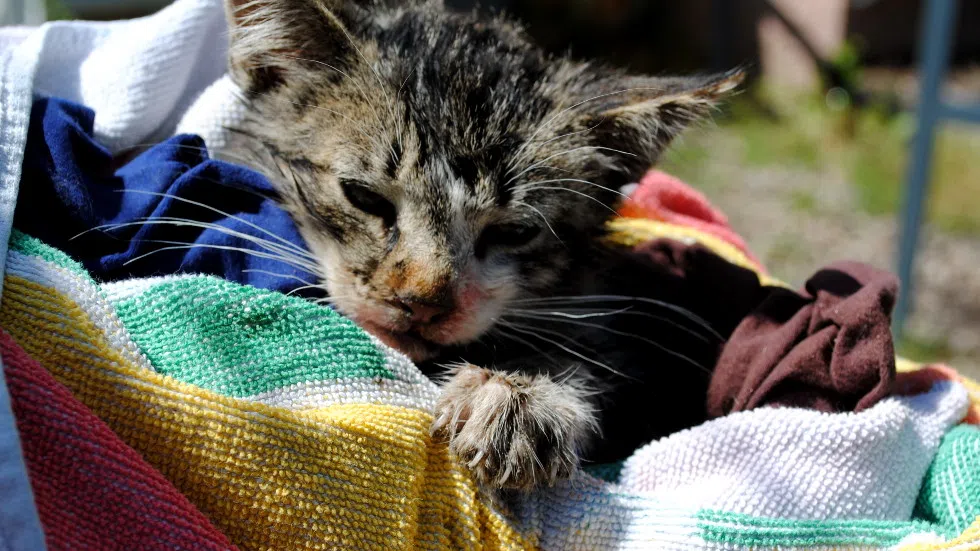
Rabid animals rare, but concern still real: health region
As the weather improves and more people venture outdoors, animal encounters increase. The health region reminds some of these animals carry potentially deadly diseases.
Rabies can be carried by any mammal with the most common carriers being cats, dogs, bats, skunks and foxes. On average, the health region follows up on 150 reports per year. Last year, there was only one animal tested positive for rabies in the region, which was a bat. The province confirmed 18 cases in the first half of 2016. From Jan. 1 to July 13, Saskatchewan documented four cases involving domestic animals, including a cow, a cat, a lamb and a goat, and 14 cases of wild animals including eight skunks and six bats.
Danielle Sande, immunization co-ordinator with the Prince Albert Parkland Region Health Region, said bat bites are very tiny so someone might not know they are bitten. If the bat is killed or escapes, the health region will automatically start the treatment for rabies.
Sande said rabies can be passed on to a human from a warm-blooded animal if they are scratched or bitten. While usually very rare, rabies is 100 per cent fatal in humans.


